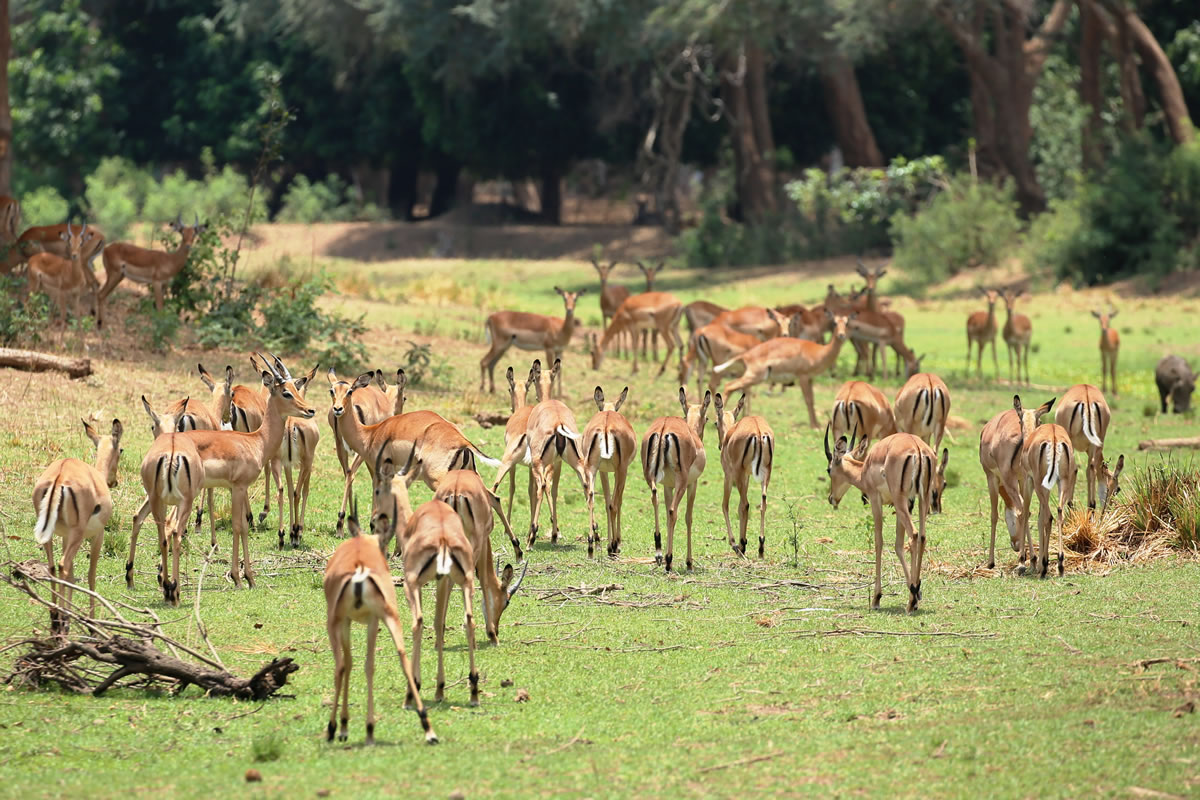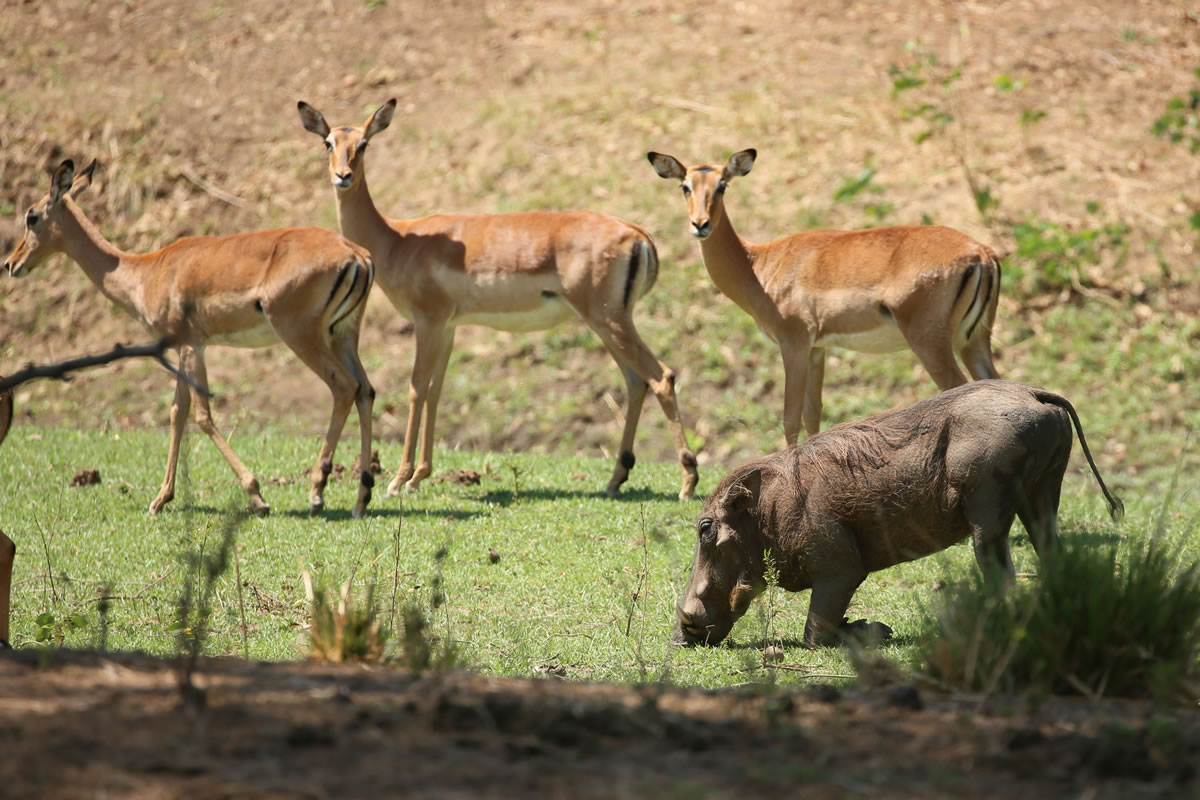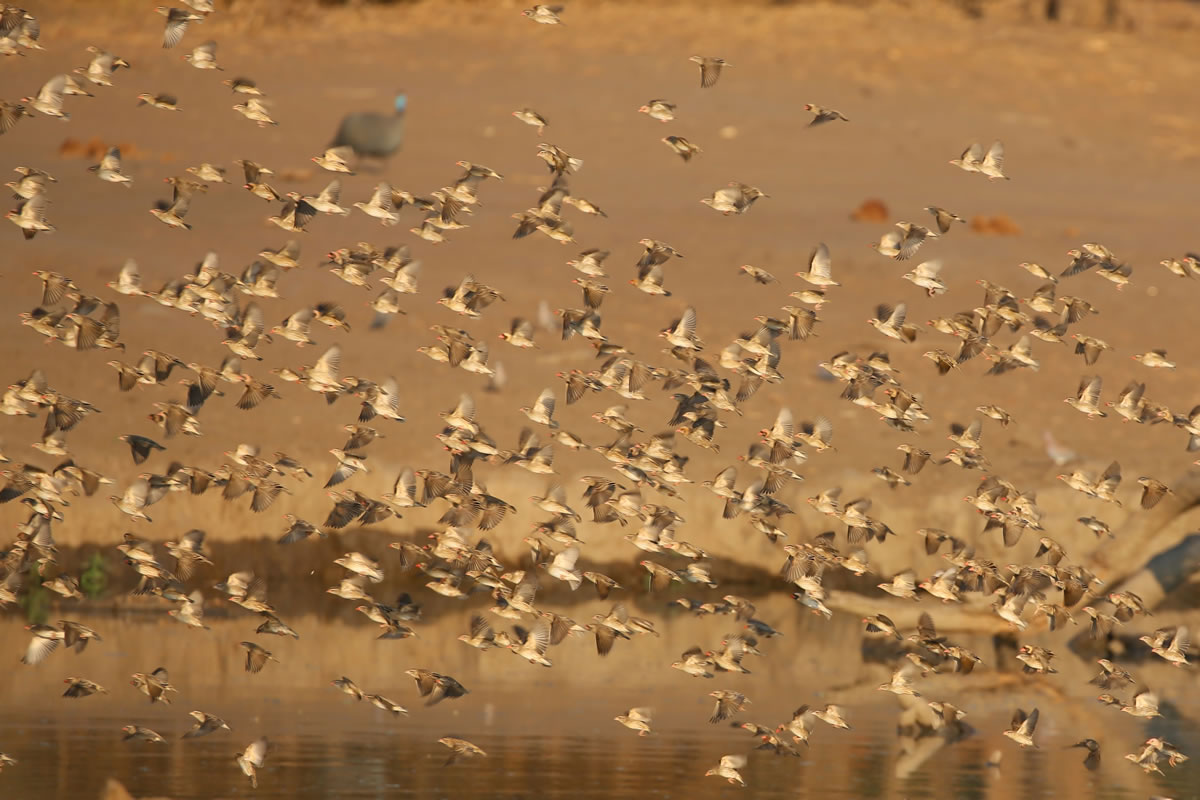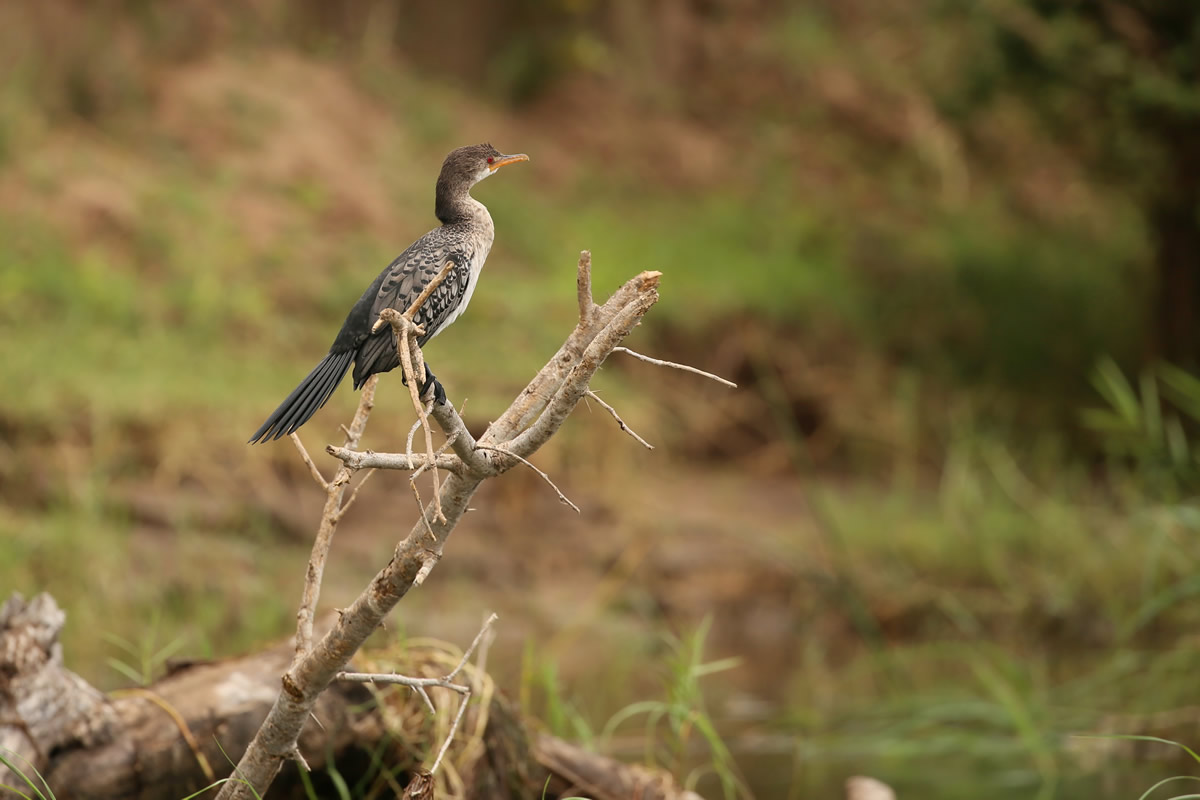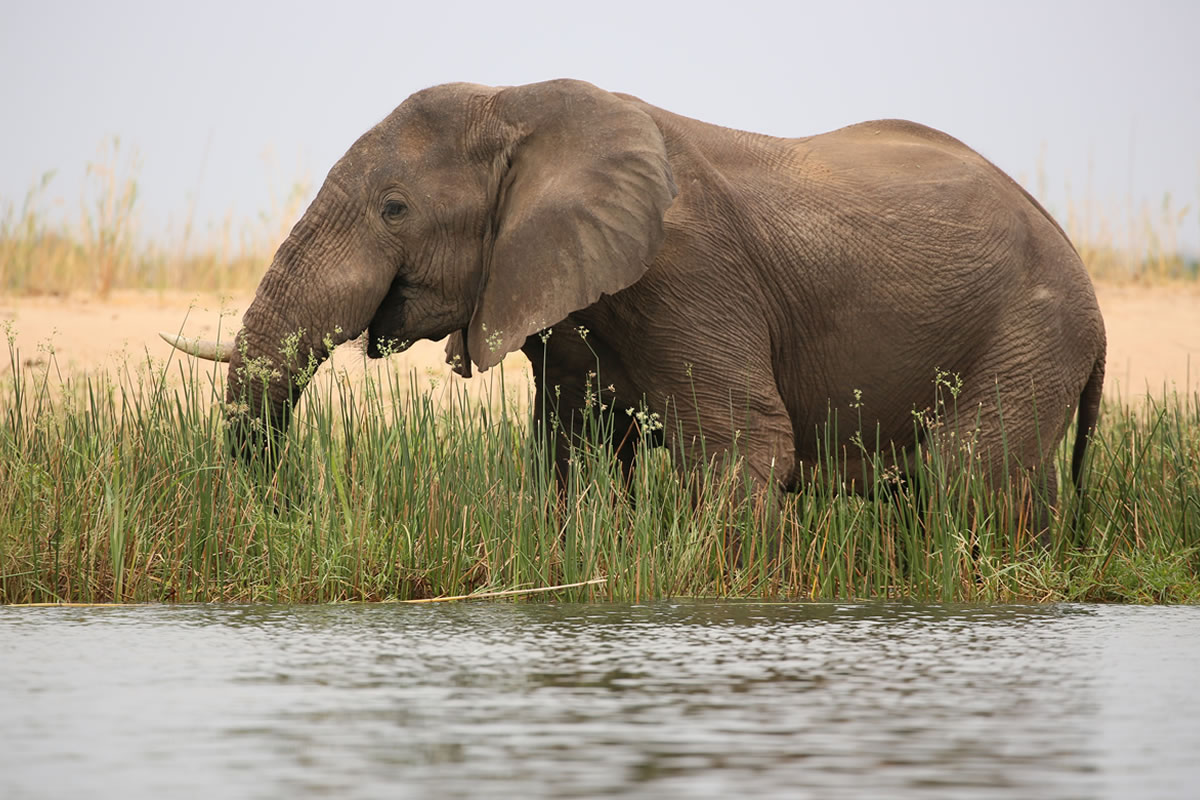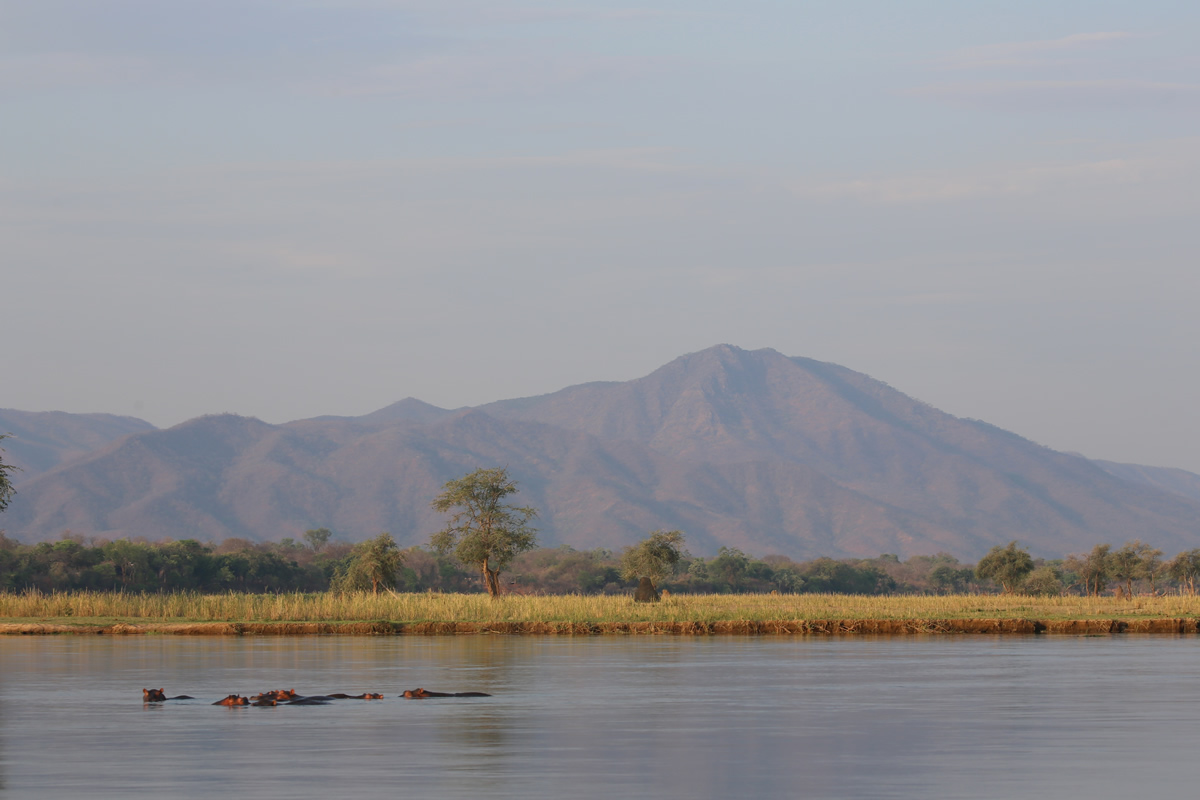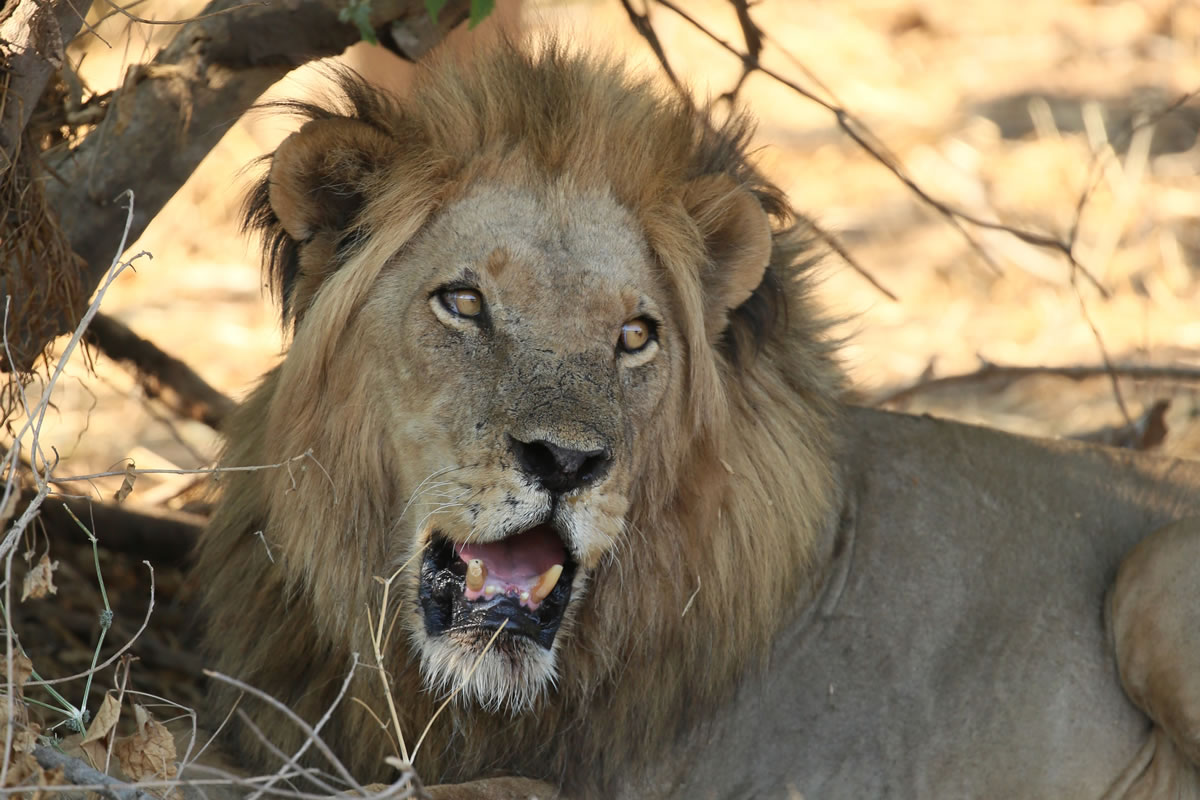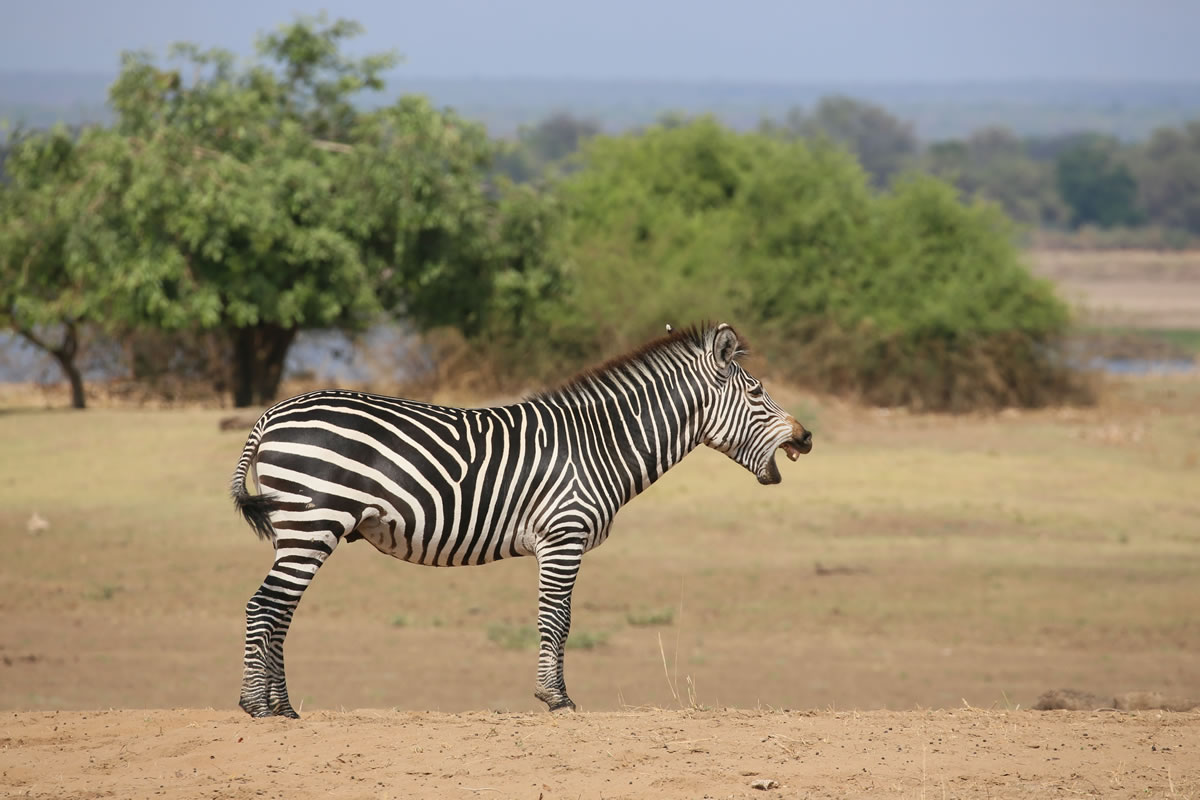Lower Zambezi
Lower Zambezi
While this park is developing rapidly and gaining in popularity as the game bounces back, its beauty still lies in its unchanged wilderness state. The diversity of animals is not as wide as the other big parks (there are famously no giraffes as the hilly terrain that protects the Zambia River doesn’t suit them) but the opportunities to get close to game wandering in and out of the Zambezi channels are spectacular. It lies opposite the famous Mana Pools National Park in Zimbabwe, so the whole area on both sides of the Zambezi River is a massive wildlife sanctuary.
The river’s edge is overhung with a thick riverine fringe, including ebony and fig trees. Further inland is a floodplain fringed with mopane forest and interspersed with winterthorn trees and huge acacias. The rolling hills, which form the backdrop to the park, are covered in broadleaf woodland.
Even though the Lower Zambezi National Park covers an area of 4 092km² / 2 542mi², most of the game is concentrated along the valley floor. There is an escarpment along the northern end that acts as a physical barrier to most of the park’s animal species. Enormous herds of elephant, some up to a hundred strong, are often seen at the river’s edge. ‘Island hopping’ buffalo and waterbuck are common. The park also hosts good populations of lion and leopard, and listen too for the ubiquitous cry of the fish eagle.
Despite its size, this section of the Zambezi is considered fairly calm and predictable, unlike the mercurial Luangwa River. For this reason, seasonal fishing, boating and canoeing are popular activities, especially guided kayaking through the channels. Look out for shy elephant along the way and magnificent flourishes of scarlet carmine bee-eaters at work on their nests in the riverbanks.
- Area: 4 092km² / 2 542mi²
- Founded in: 1983
- Province: Lusaka
- Co-ordinates: -15.082732,29.608154
The best time is mid-season from July to October but virtually all lodges and canoeing operators are open from about April to November. Fishing is at its best in September and October. From April to June, the bush is still dense and the grass long so it may be harder to spot game. Animals may also be skittish as they will not have seen many vehicles during the summer rainy season.
The ecological unit of LZNP and the adjacent Chiawa Game Management Area support a relatively large population of mammals. The escarpment and plateau regions are largely inaccessible especially to species like giraffe and elephant. A small area on the valley floor is host to many of the bigger mammals like elephant, buffalo, hippo, waterbuck, kudu, zebra, lion and wild dog. Occasionally, roan, eland and the Samango monkey are seen. Nocturnal animals here are hyena, porcupine, civet, genet and honey badgers with hippo and crocodiles found near the water.
The birdlife along the riverbanks is exceptional. Many an African fish eagle can be seen and heard for miles around. Nesting along the cliffs are white-fronted and carmine bee-eaters. Other unusual species are the red-winged pratincole, the elegant crested guinea fowl, black eagle, and vast swarms of quelea. In summer the stunning narina trogon makes its home here. Other specialities are the trumpeter hornbill, Meyers parrot and Lilian’s lovebird.
The vegetation in the area is predominated by Acacia albida trees (called the winterthorn) that grow 10m to 30m / 32ft to 98ft high, with the classic shady umbrella canopy. It is able to tolerate sandier soils than other woodland species and serves to stabilise infertile sandbanks and reduce erosion. Winterthorn pods are also remarkably nutritious to elephants who digest it leaving about 40 percent intact, thereby ensuring its dispersal.
